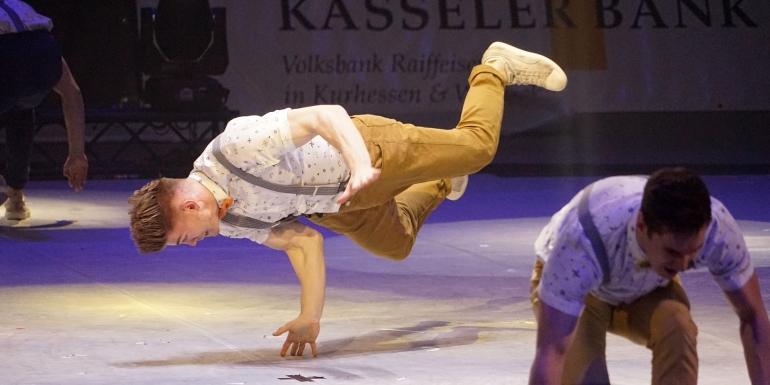I spent a few pleasant days in New York City during the December holidays. The giant Christmas tree was up in Rockefeller Center, people were ice skating in the iconic rink nearby, and the stores along Fifth Avenue had captivating window displays that drew massive crowds. In fact, the sidewalks were divided into two lanes to separate the gawkers from the walkers. The spirit of the season was everywhere, but something was different.
In times past there were a lot of hustlers on the street. They would set up folding tables and challenge naive tourists to play a shell game, which invariably ended with the sucker being separated from his money. The hustlers would instantly fold up the table and run off, only to set up again down the street. No more. The hustlers have become respectable. Some even have websites.
I encountered a group of street performers in Central Park called the Afrobats (black acrobats – get it?). This energetic trio took a few basic jumps, somersaults, and tumbling runs and combined them into a slick and lucrative act. While most of the crowd was being wowed by their acrobatic agility, I was more impressed with their use of persuasion techniques to cash in on their act.
How did they transform a few simple (for them!) moves into a cash cow?
They used humor. Mostly self-deprecating, though some poked fun at audience members while still staying ‘safe’.
They got audience participation. They asked for volunteers to line up to be jumped over. They pretended to ‘steal’ a woman’s purse. They generated a friendly rivalry between New Yorkers and New Jerseyites.
They built commitment. The performers said, “If you like us, clap.” How could you not clap? Once you clap, you must like them, and will probably contribute some cash later.
They also asked the audience to move in closer. This served several purposes: It got the audience more involved. It helped draw a bigger crowd. Most significantly, it defined you as a spectator rather than a passer-by. Spectators are obligated to pay for their entertainment, while passers-by can pretend they weren’t really watching. Once you put yourself into the audience, you are committed.
They didn’t wait until the end of the show to ask for commitment (collect). With four audience volunteers lined up to be jumped over, there was anticipation building towards what clearly would be the grand finale. The performers made the rounds to solicit contributions before executing the final jump. Had they waited until afterwards, they would have lost much of their audience.
It looked like they collected a healthy amount, with almost no overhead. They could do their show two or three times an hour, all day long, almost every day. Not bad.
We all do our own show, though not everyone choreographs it well from the persuasion perspective. The lessons are all around us.



